"The golden age was the first, back then there was neither pain nor sadness [...] The very first men, created by the gods, lived in the time of Cronus. It was the golden age, and the world was cradled by an eternal spring. The earth spontaneously yielded its fruits, without any need to be touched by the rake or torn by the plow. Zephyrs caressed flowers born without seed, harvests and fields were always yellow with grains, and rivers of milk and nectar flowed on the earth. [...] from Ovid, Metamorphoses, Book I, 1st century BCE.
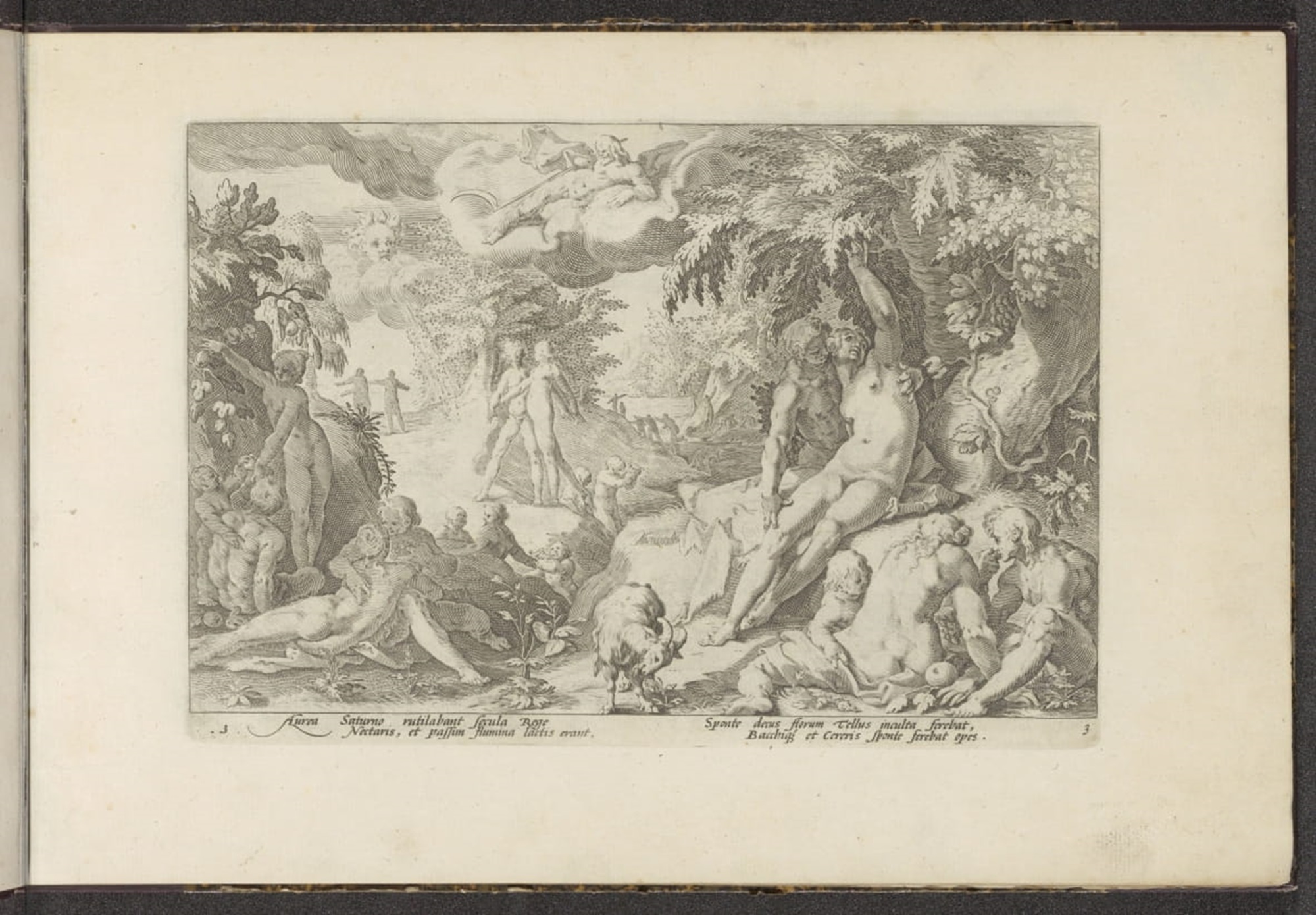 Fig 1: “L'età d'oro - Le metamorfosi di Ovidio”, Hendrick Goltzius, Rijks Museum, Amsterdam.
Fig 1: “L'età d'oro - Le metamorfosi di Ovidio”, Hendrick Goltzius, Rijks Museum, Amsterdam.
These are some of the words used by Ovid in the first book of the Metamorphoses to describe the Golden Age, that idyllic period that captivated the Romans' imagination. The Golden Age is depicted as a time when suffering and labor did not exist, where food never ran out, and everyone could live in harmony with nature. It ended only when Zeus dethroned Cronus, causing a slow decline of humanity. Ovid's work revisited this theme to promote the reign of Emperor Augustus and to spread the idea of a return to ancient splendors after the period of terrible civil wars at the end of the Republic. Many artists, over the centuries, following Ovid's example, would take up this theme in an allegorical and symbolic sense, and especially in painting, it would be reinterpreted in various ways and adapted to spiritual and social conceptions. The idea of a utopian era without suffering and labor provided a powerful means to explore themes of idealism, politics, nostalgia, and hope in various cultural contexts, for example, with the two representations of the Golden Age by the Renaissance artist Lucas Cranach the Elder or the Baroque Pietro da Cortona.
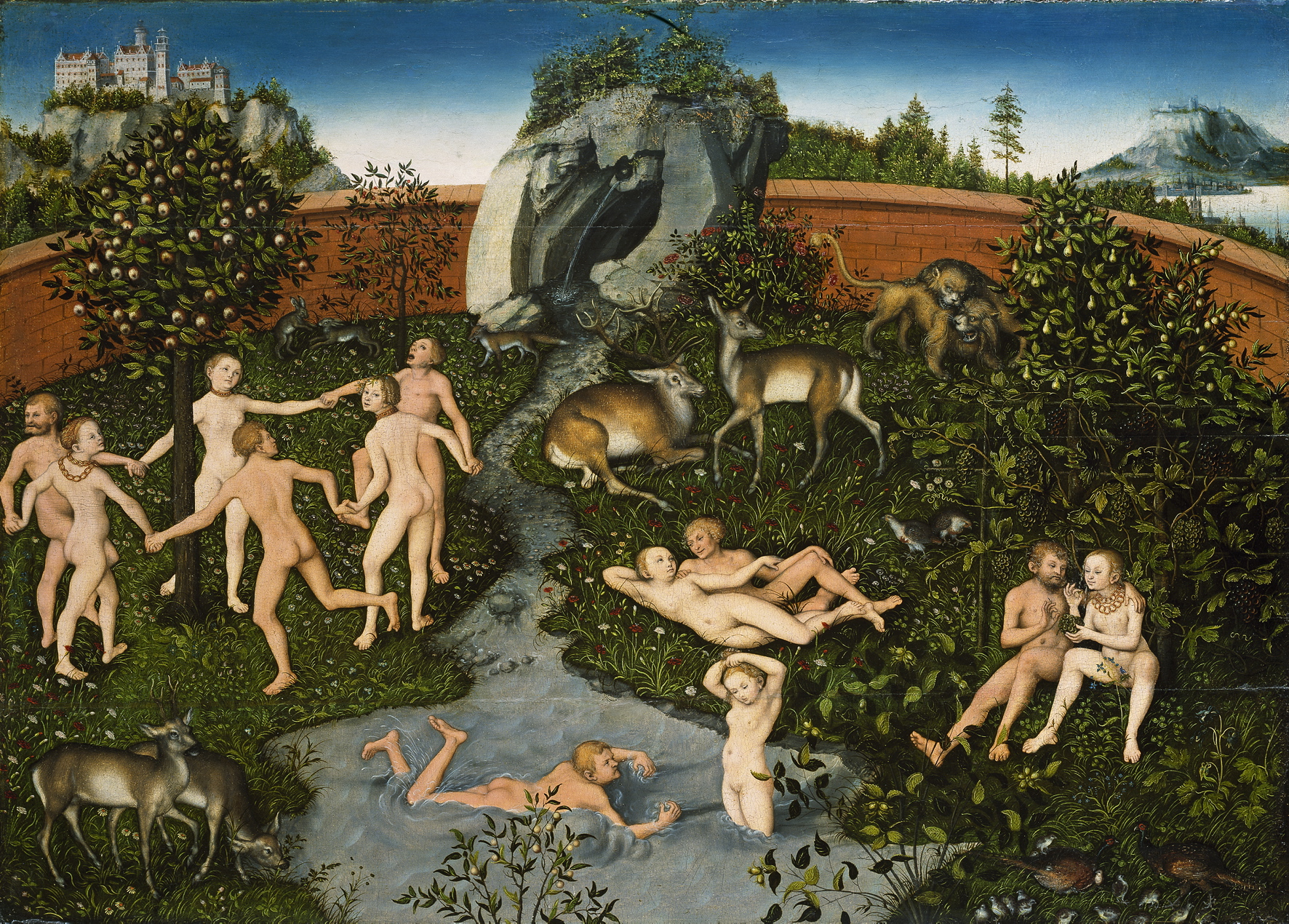 Fig. 2: Lucas Cranach il Vecchio, L’età dell’Oro, c. 1534, Nasjonalmuseet, Oslo, Norway.
Fig. 2: Lucas Cranach il Vecchio, L’età dell’Oro, c. 1534, Nasjonalmuseet, Oslo, Norway.
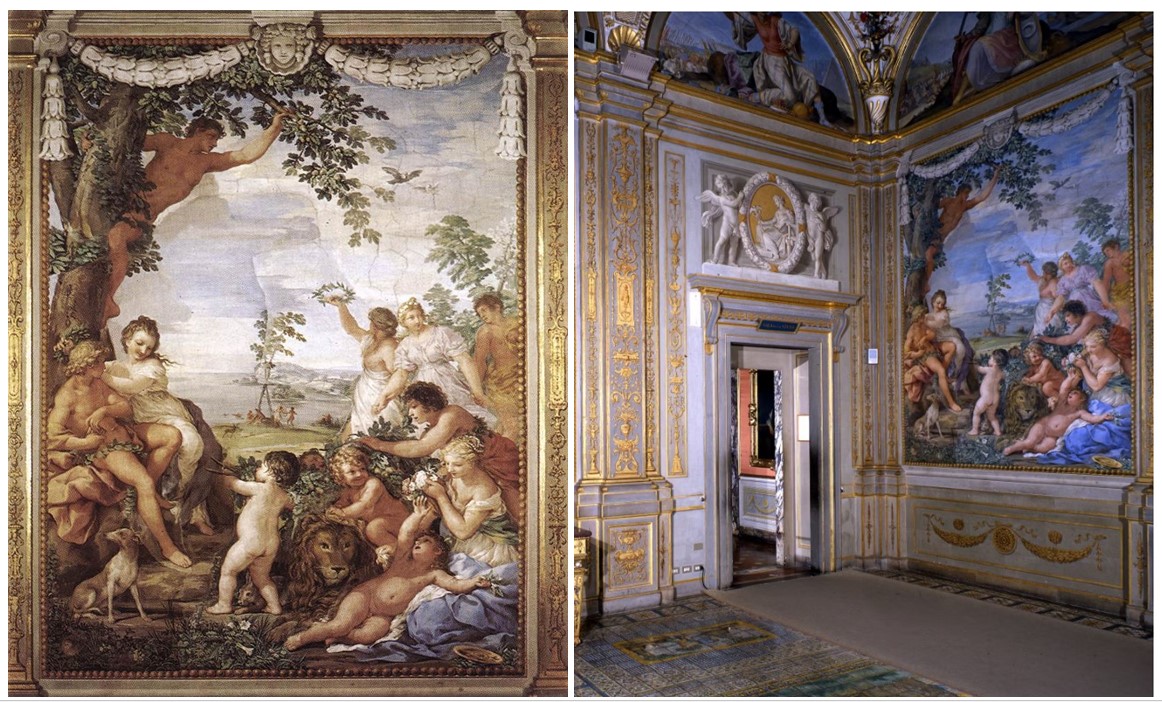 Fig. 3: Pietro da Cortona, L’età dell’Oro, 1637, Sala della Stufa, Palazzo Pitti, Florence, Italy.
Fig. 3: Pietro da Cortona, L’età dell’Oro, 1637, Sala della Stufa, Palazzo Pitti, Florence, Italy.
Marco Cingolani's choice to reinterpret the Golden Age through painting, using flows of golden pigment and traces of color, adds a visual and symbolic element to the narrative. The golden pigment in Marco Cingolani's works can be interpreted as a means through which the artist seeks to express a rebirth or renewal in the field of painting. Gold, often associated with opulence and value, can be considered a symbolic element to indicate the importance and nobility of the act of painting itself. Through the use of flows of golden pigment, Cingolani seems to suggest a transformation or rebirth in the approach to art. The golden could represent a kind of "golden age" within the art world, emphasizing the brightness and preciousness of the painting practice. In this context, the artist may want to communicate a new beginning, a phase in which the act of painting is recognized and celebrated in its purest essence. Cingolani, here, has moved away from the initial figurativism that made him famous in the 1980s with the series of Press Conferences and Interviews. However, he has retained mastery of color, and we find those recognizable silhouettes that populate his canvases.
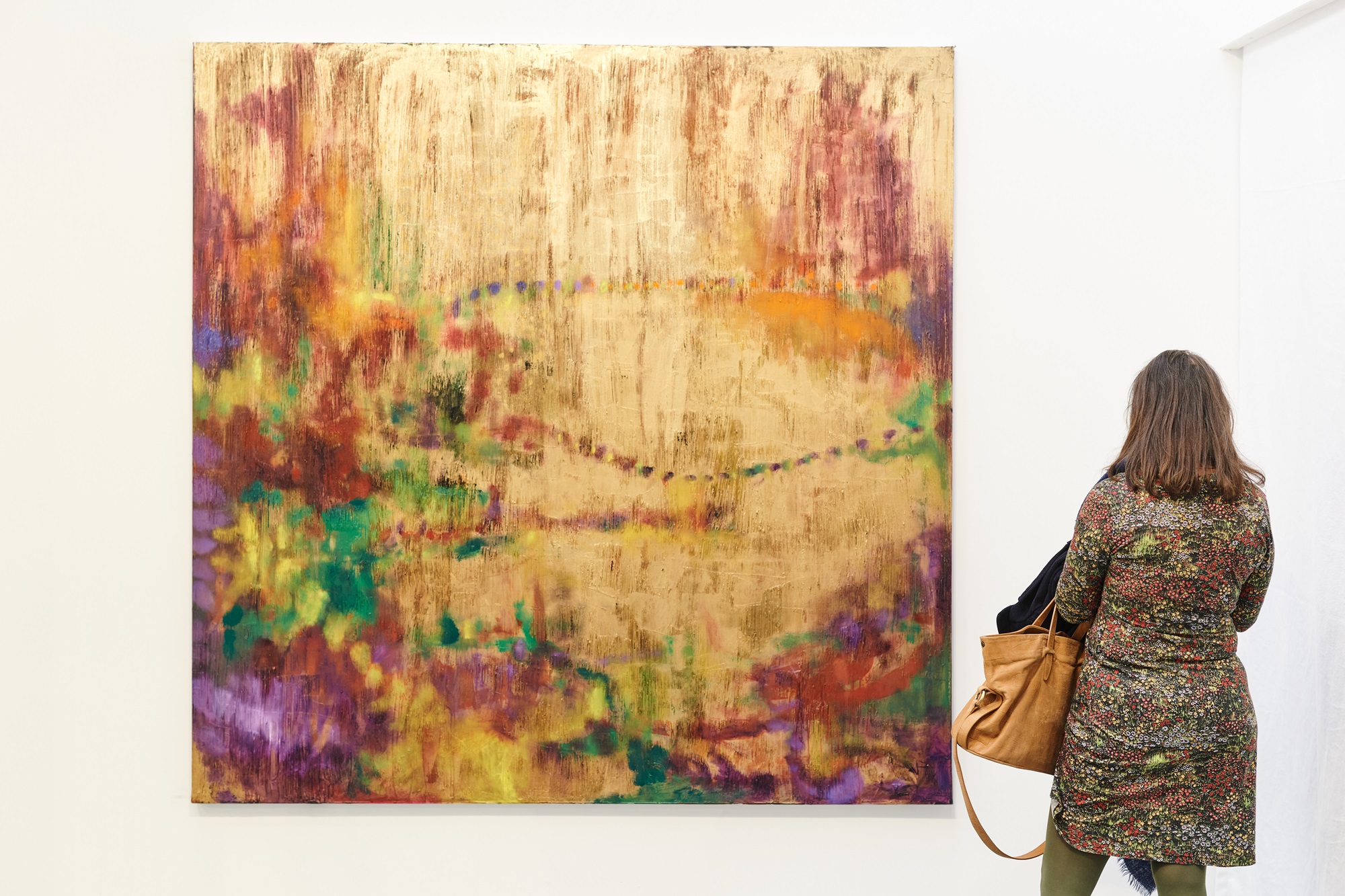 Fig. 4: Marco Cingolani, Gold Finger, 2022, oil paint on canvas, 200 x 200 cm.
Fig. 4: Marco Cingolani, Gold Finger, 2022, oil paint on canvas, 200 x 200 cm.
This shift can be read as a willingness to explore new expressive and conceptual frontiers. The use of gold could emphasize the importance of this new path, almost suggesting that art, like gold itself, possesses an intrinsic value that goes beyond traditional figurative representations. But not only that; The adoption of golden pigment in his series of paintings becomes the means through which Cingolani symbolizes a kind of renaissance, a renewal of pictorial practice. The philosopher Jean Pierre Vernant's reflection on the importance of myths in the interpretation of the human condition in "Myth and Thought among the Greeks" has guided the artist in the approach to reinterpreting the Golden Age. The connection between myth and thought has certainly been an inspiring source for Cingolani in shaping his contemporary vision of a golden age for art.
 Fig. 5: Marco Cingolani, Conferenza Stampa, 1991, oil paint on canvas, 100 x 100 cm.
Fig. 5: Marco Cingolani, Conferenza Stampa, 1991, oil paint on canvas, 100 x 100 cm.
A profound transformation has taken place, a rebirth in the creative act. Cingolani's choice to move away from initial figurativism, while retaining recognizable elements, suggests a willingness to explore new expressive possibilities and embrace a more abstract and symbolic vision of art.
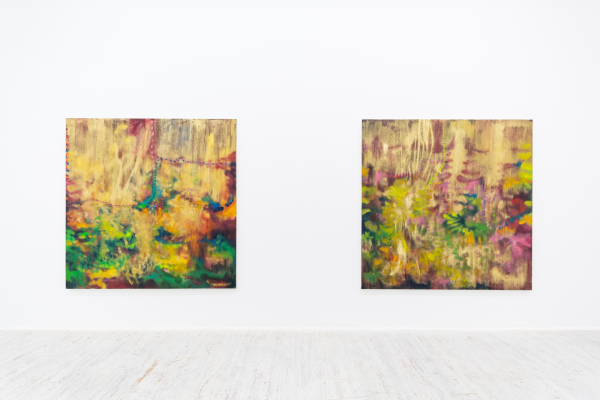
Fig. 6: Installation view of Revenge Gold solo show by Marco Cingolani.
Gold, no longer just a decorative element, is both a symbol loaded with meaning and the means through which the artist seeks to elevate his art, to purify it and transform it into a more sublime form of expression. The pigment has become a symbol of purification and adds a level of mysticism and spiritual quest to the new golden age of contemporary painting proposed by Cingolani. It's like an artistic ritual or, perhaps it would be better to say, an alchemical process aimed at bringing the painting practice to a higher level of perfection and meaning.
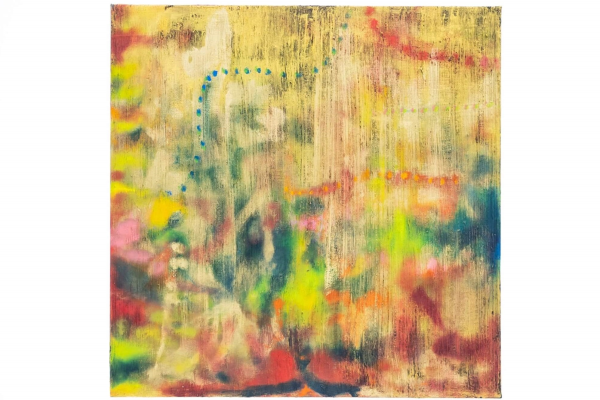
Fig. 7: Marco Cingolani, Gold Shooting, 2022, oil paint on canvas, 100 x 100 cm.
This new chapter, imbued with gold, can be interpreted as an affirmation of the vitality and intrinsic importance of contemporary painting. Gold acts as a catalyst for new artistic horizons, symbolizing the transformative power of art in the current context. Cingolani, like a modern alchemist, transforms pictorial matter into a personal golden age, an age in which the act of painting becomes a renewed and meaningful experience.
Ultimately, Cingolani's work is placed in a new golden age of contemporary painting, inspired by ancient myths, enriched by the philosophy of Jean Pierre Vernant, and guided by the determination to explore and celebrate the intrinsic vitality of art.
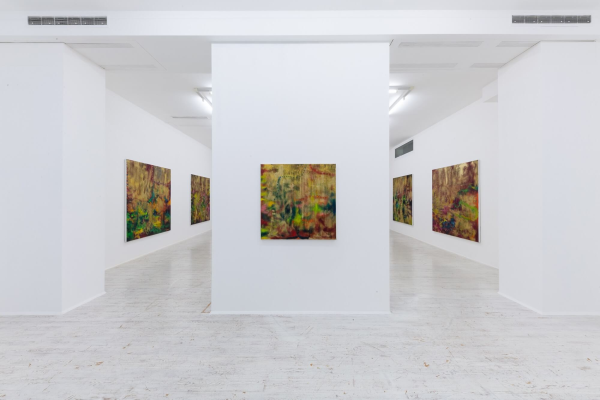 Fig. 8: Installation view of Marco Cingolani solo show "Revenge Gold", 2023.
Fig. 8: Installation view of Marco Cingolani solo show "Revenge Gold", 2023.
Click HERE to see Marco Cingolani solo show "Revenge Gold" (2023)